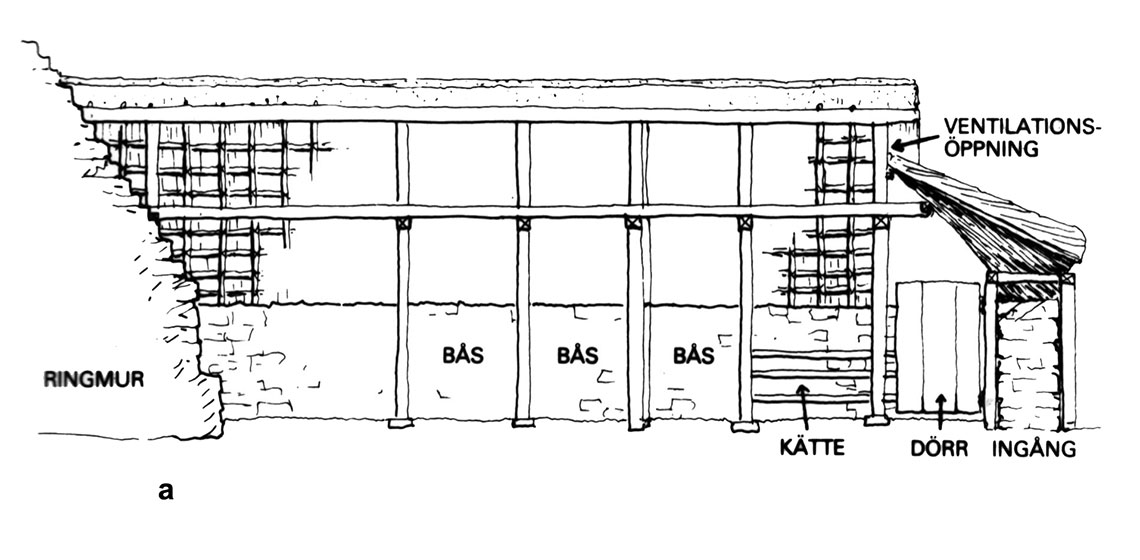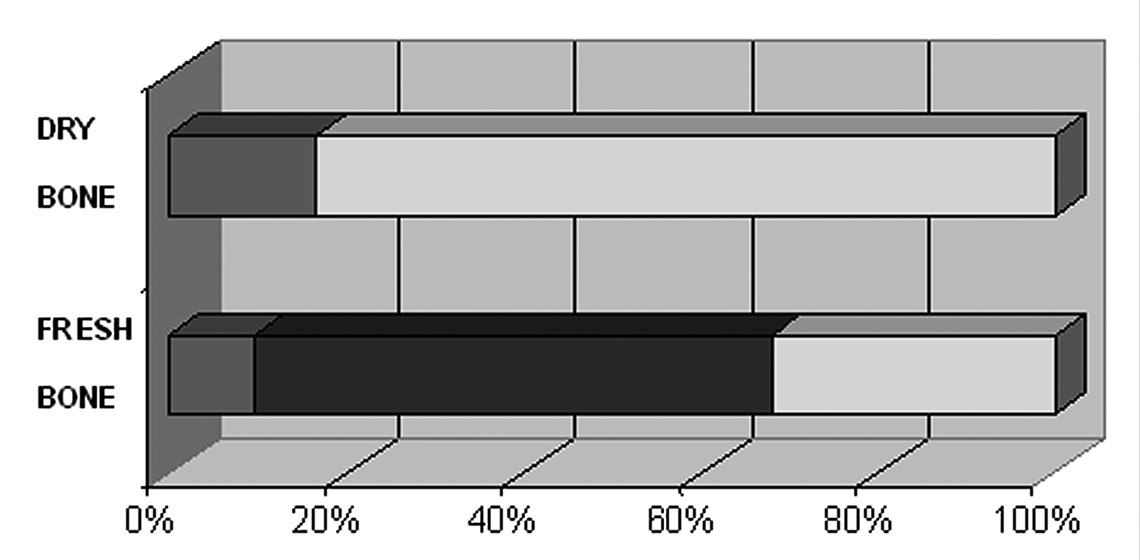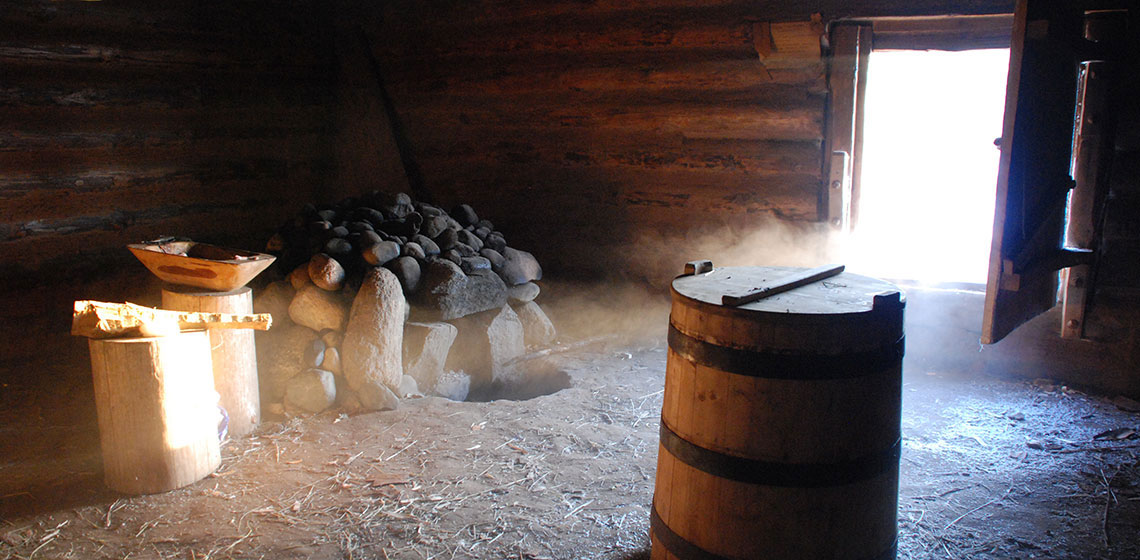Aspects on Realizing House Reconstructions: a Scandinavian Perspective
Using examples from the Scandinavian Iron Age and Viking Age, problems in realising house reconstructions are discussed here, including the deskwork necessary as part of the preparations. My own experiences in this field include participation in the 1966-1973 excavations of the settlement fort at Eketorp (Öland, Sweden) and the subsequent partial reconstruction of the fort. The second settlement phase, of interest here, is dated from the fifth to early seventh centuries AD (Borg et al. 1976).



